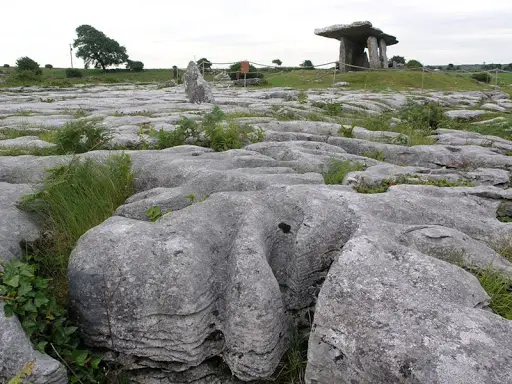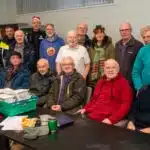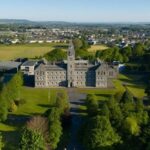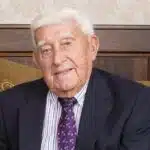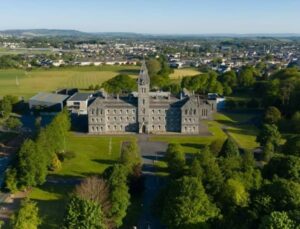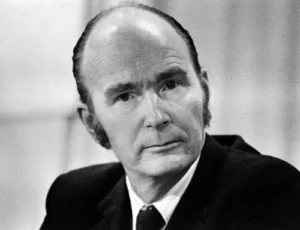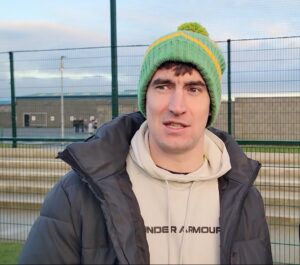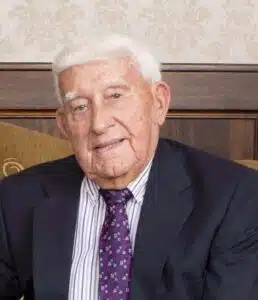Managed by the Tourism Department of Clare County Council, the Burren and Cliffs of Moher UNESCO Global Geopark is one of three Irish UNESCO Geoparks that contain a wealth of geological data and beauty.
Geologists have been studying the uniquely exposed landscape for many decades; by analysing the Earth, its subterranean constituents and the diverse fossil ecosystems preserved within, geologists can help to look towards future trends in climate change.
Co-funded by the EU Atlantic Area programme, the Council is currently in the process of developing a new UNESO international trail for visitors within the Geopark, with the hope of defining a unique Geotourism route that will promote an interest in the landscape and further develop sustainable tourism practices within the area. Clare County Council’s Geopark Geologist, Eamon Doyle, talks to The Clare Echo about the importance of geology, what defines a geopark as well as the use of an app to further the Atlantic Geotourism project and its utility in increasing the geotourism market in Clare and Ireland.
Eamon explains that geology is the study of rocks and that rocks tell an untold, hidden history of the Earth. By looking into the ground, geologists can extrapolate information relating to the history of the earth, which in turn can lead to possibilities of the future.
Supported by Geological Survey Ireland in his work as the Geopark Geologist, Eamon informs, “one of my roles is to provide geological information to the public in a way that they can understand. We produce publications and information on social media to highlight geological aspects, the benefits and the heritage involved. This is then provided to schools, visitors and locals. We do that by working with the Burren Ecotourism Network. We do a lot of work with them. I have also been involved with training staff at the Cliffs of Moher and Aillwee Caves. We do a course where I outline the role of UNESCO and the Geoparks as well as the local geology, so they can talk more effectively about it to visitors and answer any questions they may ask. I also do a lot of research. There is always new stuff to be found. We identify new species where we can, publish that and send it out abroad and to institutions. The underlying goal is to promote the Burren and the area.”
The European Atlantic Geotourism route is funded by Europe and the Burren Geopark was invited several years ago, banding geoparks together as local hubs for promoting an international route. There are several other UNESCO Geoparks located in France, Spain, Portugal and the United Kingdom that are all interconnected. Geotourism tries to avoid commercial mass tourism and Eamon hopes that the new project will entice tourists to stay longer and explore more. Geotourism links into farming and how the rocks influenced local farms. In different areas, with different rocks, comes different produce. It also ties into how people use the rocks as building material and archaeology is also intimately intertwined. Eamon asserts that our stories, landscape and culture are all ultimately embedded in rocks. The purpose of the project is to take a holistic approach to tourism.
Eamon lists a number of factors that are imperative in the process of becoming an official Geopark. Firstly, having a strong management system is essential, with the Burren Geopark being managed by Clare County Council. Secondly, access to a geologist is needed to explain vital information. Thirdly, a lot of co-operation amongst agencies is necessary. Various managing bodies have different roles to play within a Geopark and Eamon outlines that working closely with each other is crucial. Finally, working closely with local communities and businesses is perhaps one of the most important components to successfully operating a Geopark. UNESCO has key sustainable goals worldwide and sets a certain standard, with all of these factors typing together aptly to create a systematized Geopark. UNESCO Geoparks must be re-validated every four years and Eamon delights at the Burren having been approved once again, earlier this year.
Binding the project together tightly is the development of an app and website, called European Atlantic Geotourism Route. The app is currently being developed, with a provisional release date set for November. Each of the eleven partner UNESCO destinations in Europe will have their own section and the Burren and Cliffs of Moher Geopark will have its own routes. The idea behind the app is to build up a clientele for geotourism, in turn creating a proper market.
Eamon delegates on the future hopes for the project, “The reason Clare County Council is involved in this is that we are looking to access new markets essentially. Geotourism is a growing niche market globally. It is also new territory and we hope to get direct marketing from these other geopark areas of France, Spain and Portugal. I fully expect to see more visitors coming from those areas. This is just part of a global Geopark network. There are 160 global geoparks as well. They will be able to see what we are doing here, and they will have access to it online or via the app. We are trying to define our geotourism market for the future.”

